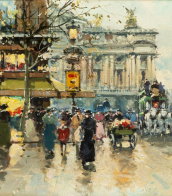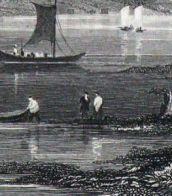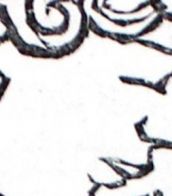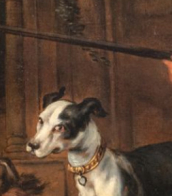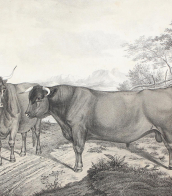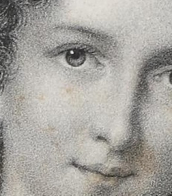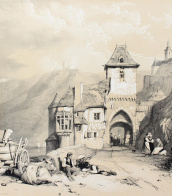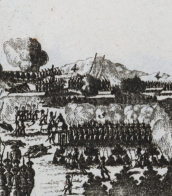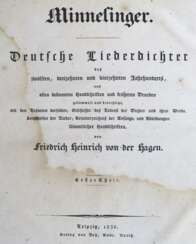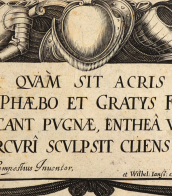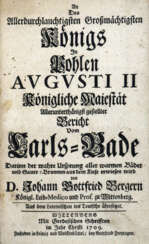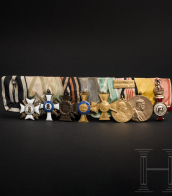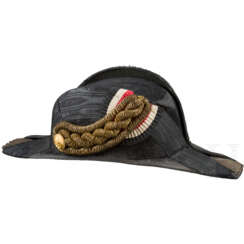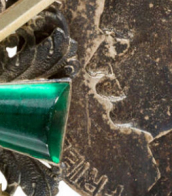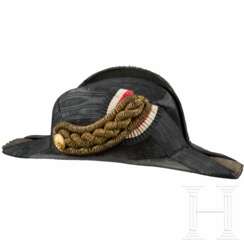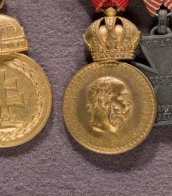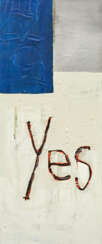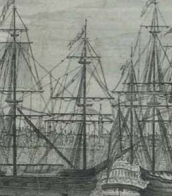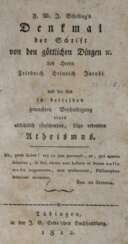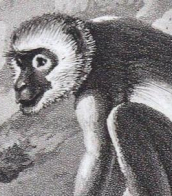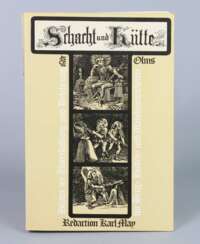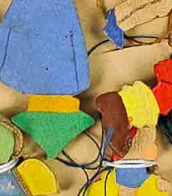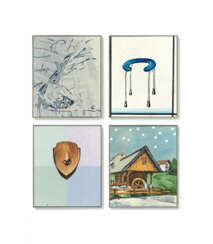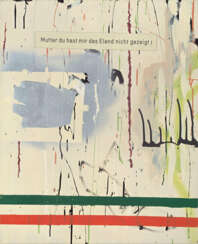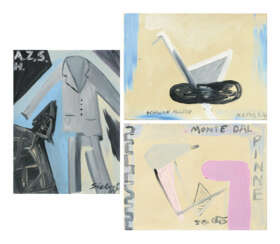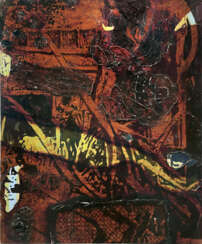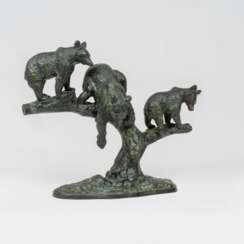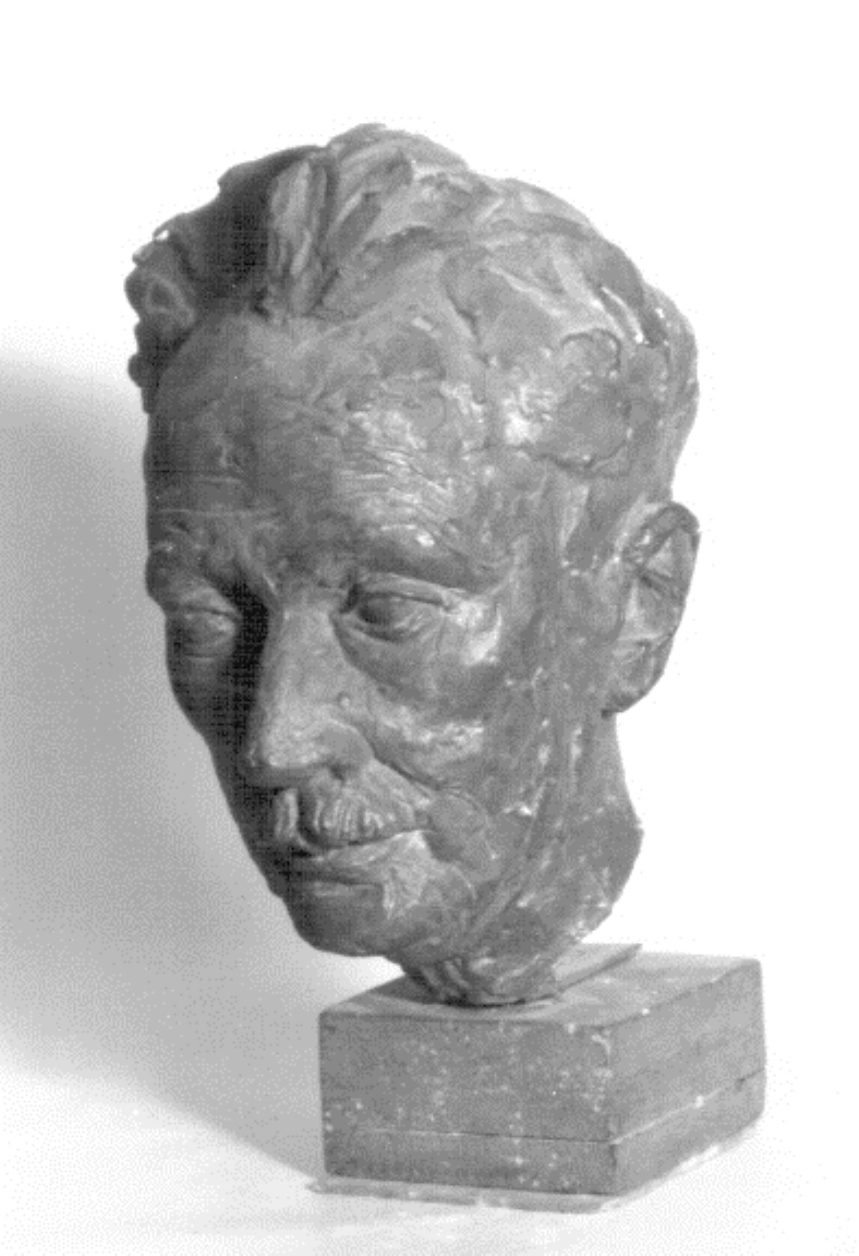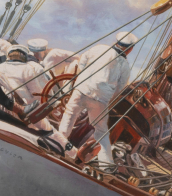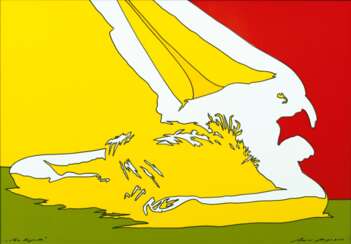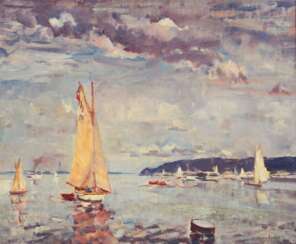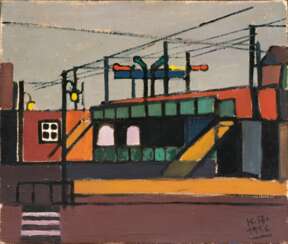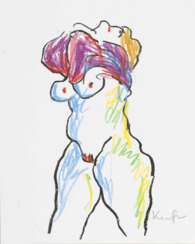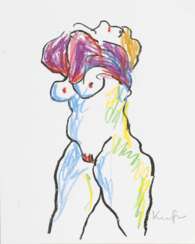f.h. berger

Wilhelm Schnarrenberger was a German painter and representative of the New Objectivity movement.
Schnarrenberger studied graphics at the Munich School of Applied Arts, as well as architecture. After his studies, the artist received commissions for publications in the magazines Das Plakat or Simplicissimus as well as numerous illustrations for publishing houses. At the same time, Schnarrenberger also began to work as a painter and participated in the exhibitions of the New Munich Secession. After the Expressionist phase, his painting was replaced by an increasingly distinct style, which in 1925 became known as Neue Sachlichkeit ("New Objectivity"). In 1920, the artist was appointed to teach commercial art at the Badisches Landeschool in Karlsruhe, where he later became a professor.
As a result of the Nazis' rise to power, Schnarrenberger lost his professorship and moved to Berlin. In 1937, Wilhelm Schnarrenberger's paintings were recognized as degenerate and he was persecuted. After the end of the war, he was allowed to resume his professorship and was appointed professor at the Karlsruhe State Academy of Fine Arts. He became a member of the Badische Secession and received the Hans Thom State Prize in 1962.
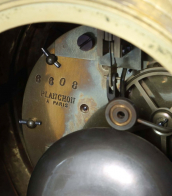
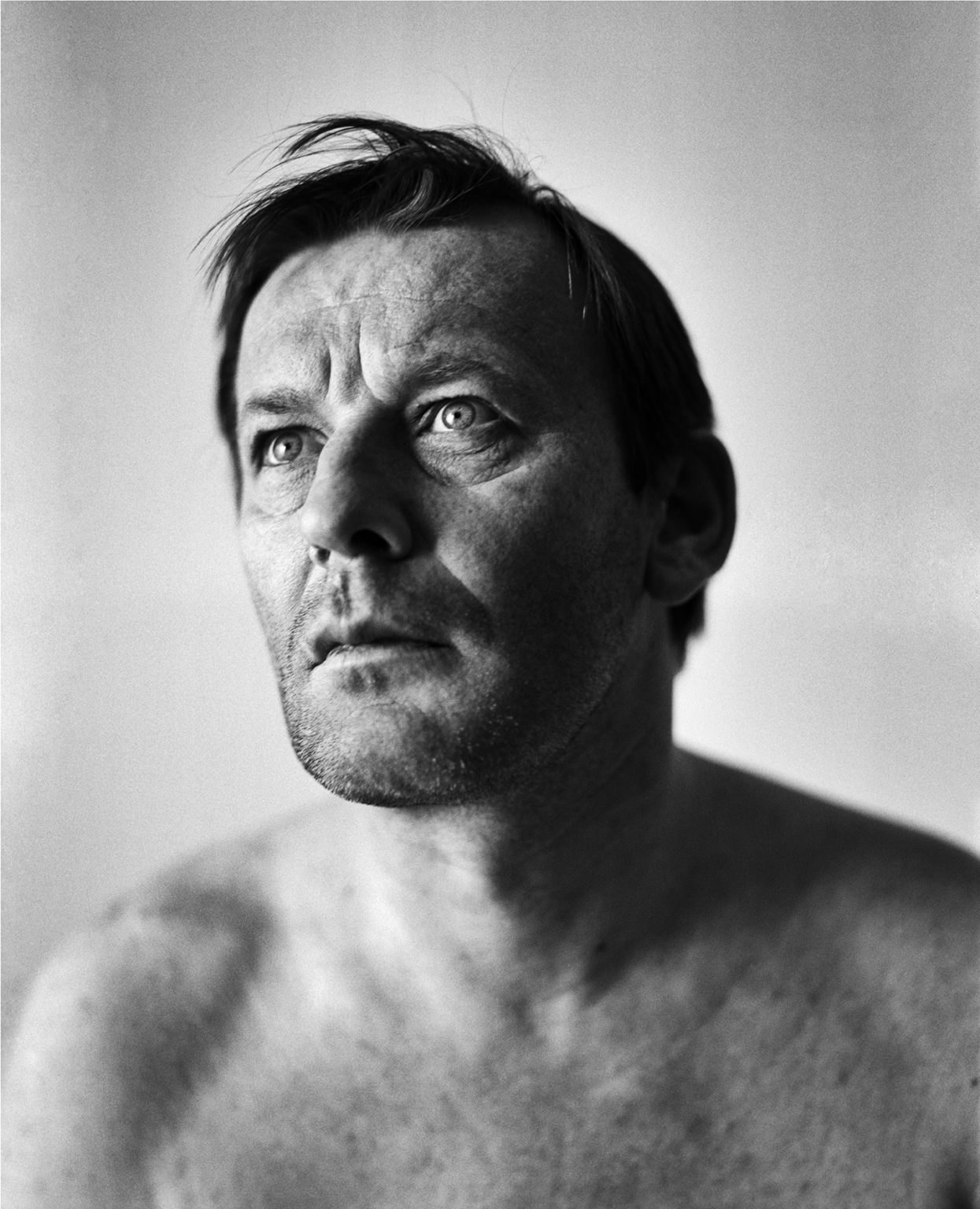
Martin Kippenberger was a German artist known for his extremely prolific output in a wide range of styles and media, superfiction as well as his provocative, jocular and hard-drinking public persona.
Kippenberger was "widely regarded as one of the most talented German artists of his generation," according to Roberta Smith of the New York Times. He was at the center of a generation of German enfants terribles including Albert Oehlen, Markus Oehlen, Werner Büttner, Georg Herold, Dieter Göls, and Günther Förg.
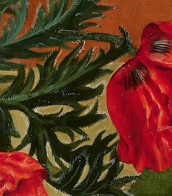

Martin Kippenberger was a German artist known for his extremely prolific output in a wide range of styles and media, superfiction as well as his provocative, jocular and hard-drinking public persona.
Kippenberger was "widely regarded as one of the most talented German artists of his generation," according to Roberta Smith of the New York Times. He was at the center of a generation of German enfants terribles including Albert Oehlen, Markus Oehlen, Werner Büttner, Georg Herold, Dieter Göls, and Günther Förg.


Martin Kippenberger was a German artist known for his extremely prolific output in a wide range of styles and media, superfiction as well as his provocative, jocular and hard-drinking public persona.
Kippenberger was "widely regarded as one of the most talented German artists of his generation," according to Roberta Smith of the New York Times. He was at the center of a generation of German enfants terribles including Albert Oehlen, Markus Oehlen, Werner Büttner, Georg Herold, Dieter Göls, and Günther Förg.
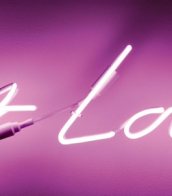

Martin Kippenberger was a German artist known for his extremely prolific output in a wide range of styles and media, superfiction as well as his provocative, jocular and hard-drinking public persona.
Kippenberger was "widely regarded as one of the most talented German artists of his generation," according to Roberta Smith of the New York Times. He was at the center of a generation of German enfants terribles including Albert Oehlen, Markus Oehlen, Werner Büttner, Georg Herold, Dieter Göls, and Günther Förg.


Martin Kippenberger was a German artist known for his extremely prolific output in a wide range of styles and media, superfiction as well as his provocative, jocular and hard-drinking public persona.
Kippenberger was "widely regarded as one of the most talented German artists of his generation," according to Roberta Smith of the New York Times. He was at the center of a generation of German enfants terribles including Albert Oehlen, Markus Oehlen, Werner Büttner, Georg Herold, Dieter Göls, and Günther Förg.


Martin Kippenberger was a German artist known for his extremely prolific output in a wide range of styles and media, superfiction as well as his provocative, jocular and hard-drinking public persona.
Kippenberger was "widely regarded as one of the most talented German artists of his generation," according to Roberta Smith of the New York Times. He was at the center of a generation of German enfants terribles including Albert Oehlen, Markus Oehlen, Werner Büttner, Georg Herold, Dieter Göls, and Günther Förg.

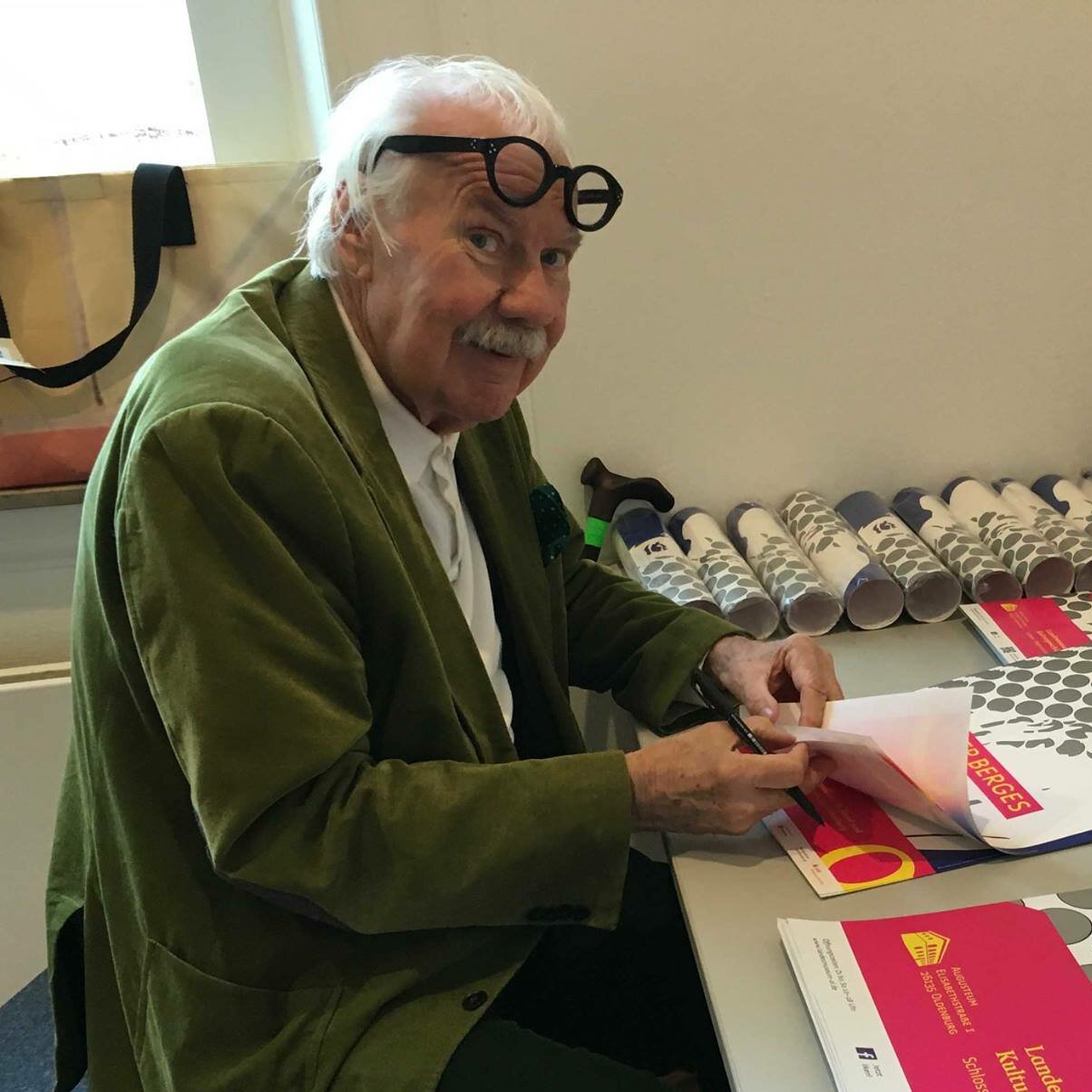
Werner Berges is a contemporary German artist and graphic artist, a representative of Pop Art.
Typical of him are bright colours and sharp outlines, the use of spot painting and the strips that give his works the character of reproductions. The heroes of his paintings are pop and film stars, advertising types of women and photo-models, whose erotic poses and captivating glances Werner Berges emphasizes with a powerful combination of colours, points, stripes and collage. At the core of his drawing is a "graphic framework" that exists independently of the overlay of colours on the canvas. The artist tries to show himself to be completely independent and impartial about what he has created and only signs his work on the back of the canvas.
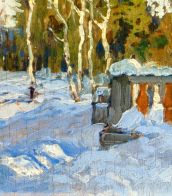
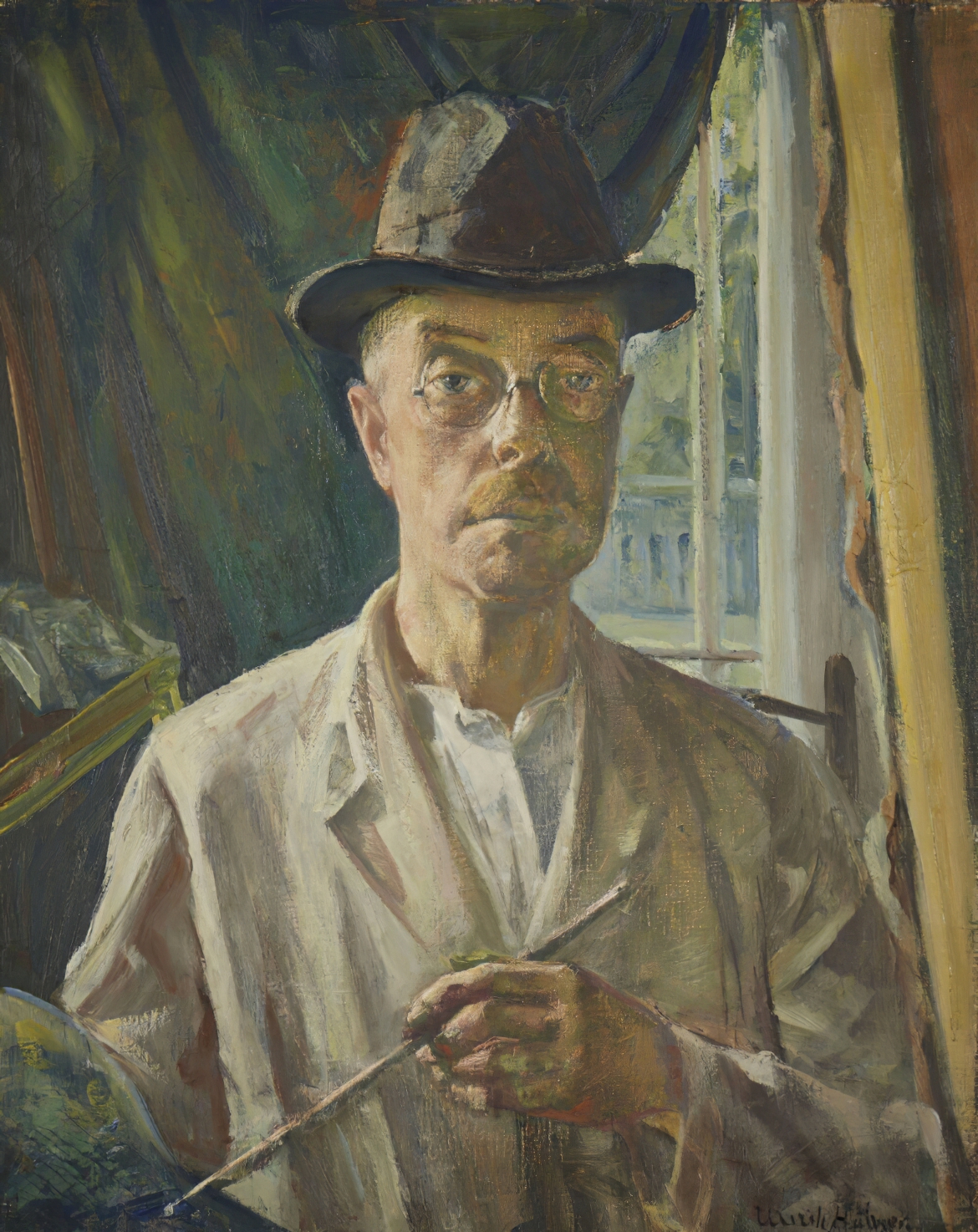
Ulrich Hübner was a German impressionist painter.

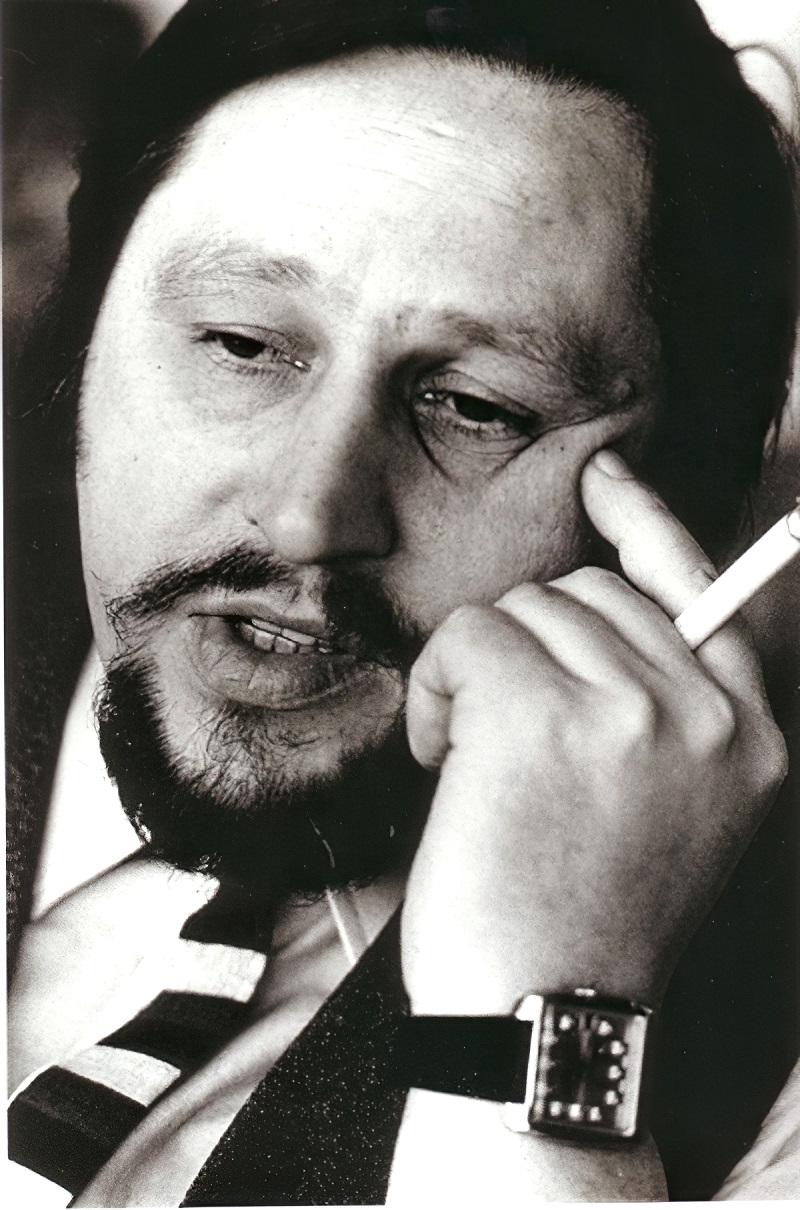
Alfred Kornberger was an Austrian painter and graphic artist. He studied painting with Professor Robin Christian Andersen at the Academy of Fine Arts in Vienna.
Stylistically, he dealt with the different facets of classical modernism and was inspired by Pablo Picasso's late work as well as by the depictions of surrealist artists. In his early years he devoted himself to various themes from the world of industry as well as topographical depictions. Later he turned almost exclusively to the depiction of the female nude.
Alfred Kornberger's work is part of the great Austrian tradition of body-oriented art, which ranges from Egon Schiele to Alfred Hrdlicka. His central theme, the female nude, is not only a projection of sensual desire but also an expression of psychological states.
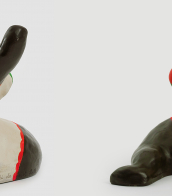

Alfred Kornberger was an Austrian painter and graphic artist. He studied painting with Professor Robin Christian Andersen at the Academy of Fine Arts in Vienna.
Stylistically, he dealt with the different facets of classical modernism and was inspired by Pablo Picasso's late work as well as by the depictions of surrealist artists. In his early years he devoted himself to various themes from the world of industry as well as topographical depictions. Later he turned almost exclusively to the depiction of the female nude.
Alfred Kornberger's work is part of the great Austrian tradition of body-oriented art, which ranges from Egon Schiele to Alfred Hrdlicka. His central theme, the female nude, is not only a projection of sensual desire but also an expression of psychological states.


Alfred Kornberger was an Austrian painter and graphic artist. He studied painting with Professor Robin Christian Andersen at the Academy of Fine Arts in Vienna.
Stylistically, he dealt with the different facets of classical modernism and was inspired by Pablo Picasso's late work as well as by the depictions of surrealist artists. In his early years he devoted himself to various themes from the world of industry as well as topographical depictions. Later he turned almost exclusively to the depiction of the female nude.
Alfred Kornberger's work is part of the great Austrian tradition of body-oriented art, which ranges from Egon Schiele to Alfred Hrdlicka. His central theme, the female nude, is not only a projection of sensual desire but also an expression of psychological states.
